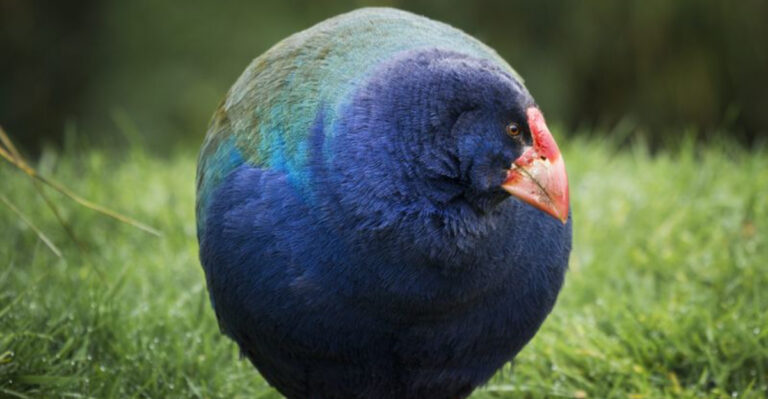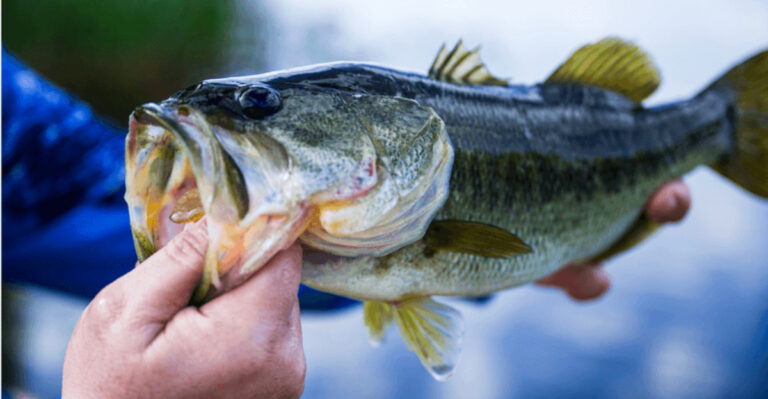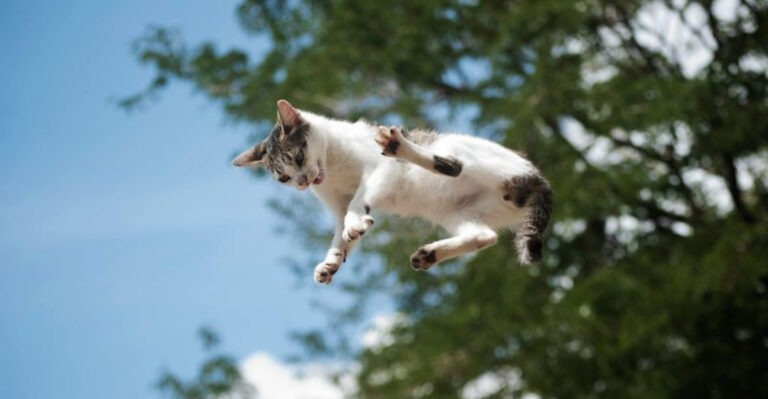Copperhead Or Chicken Snake? How To Tell Them Apart Instantly
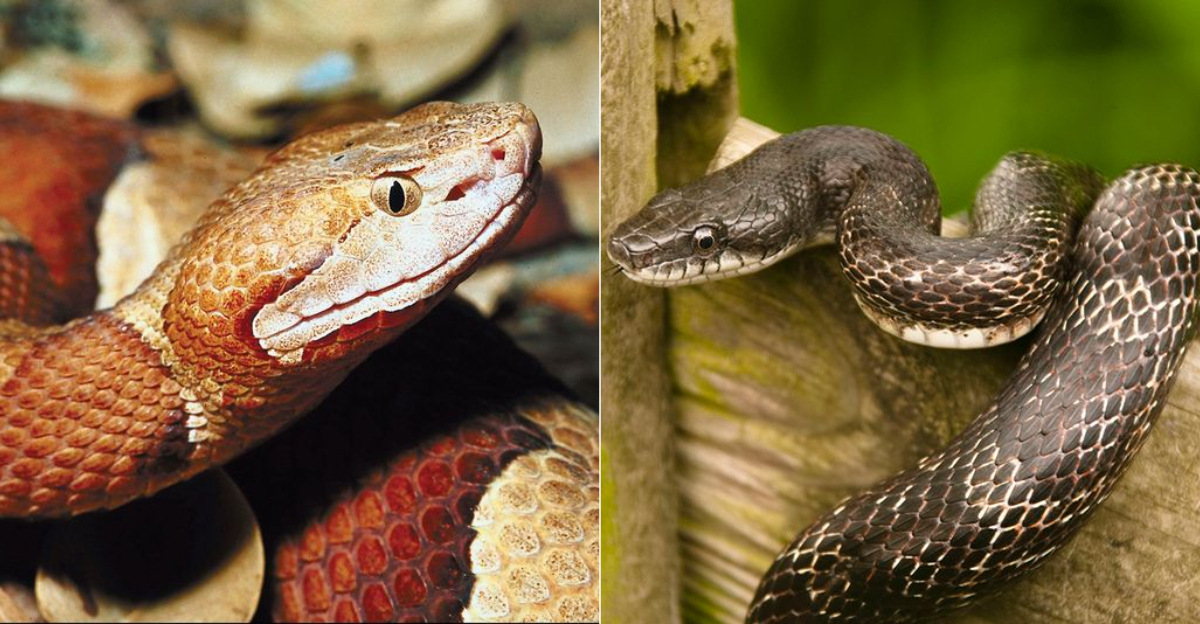
Ever frozen in your tracks, wondering if that slithery creature ahead is dangerous? Mistaking a venomous copperhead for a harmless chicken snake (or vice versa) happens more often than you’d think.
Knowing the difference isn’t just fascinating – it could save you from unnecessary panic or a painful bite.
1. Head Shape Gives Them Away
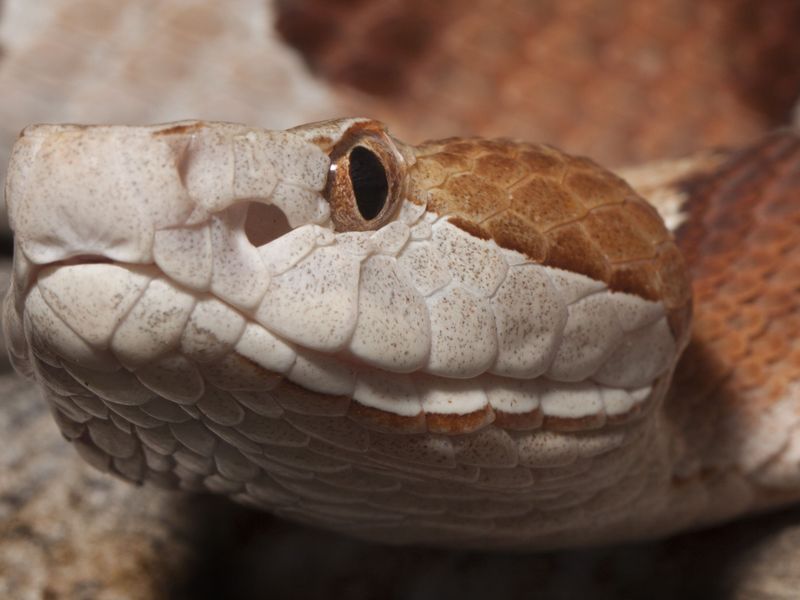
Triangle vs. oval is the quickest giveaway! Copperheads sport distinctive triangular heads that widen dramatically at the jaw – a classic venomous snake trait.
Chicken snakes (rat snakes) have more oval-shaped heads that blend smoothly with their necks. No dramatic widening means you can usually breathe easier.
2. Pupil Shape Tells The Truth

Look into their eyes (from a safe distance)! Copperheads have vertical, cat-like pupils that narrow to slits in bright light – a telltale sign of a venomous predator.
Chicken snakes possess round pupils like most non-venomous snakes. This difference is nature’s way of helping you spot potential danger.
3. Color Patterns Never Lie
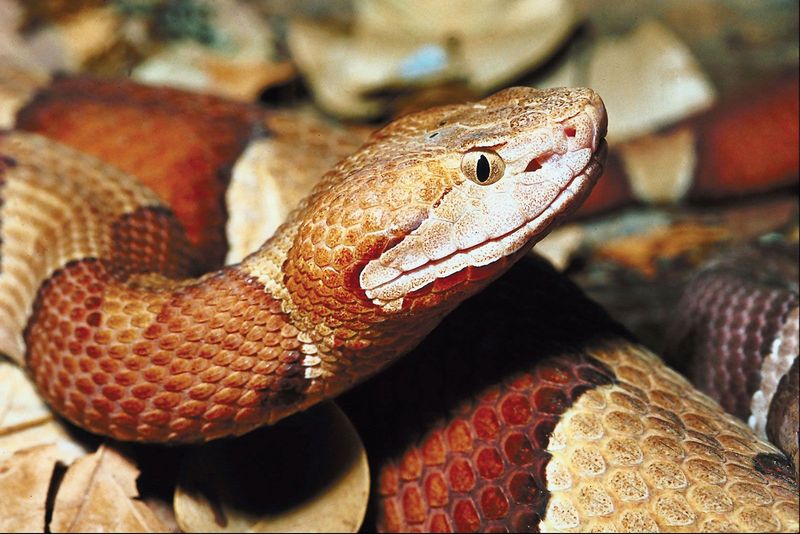
Hourglass bands are the smoking gun! Copperheads display distinctive hourglass or Hershey’s Kiss-shaped crossbands in copper-brown or reddish-tan colors against a lighter background.
Chicken snakes show blotched patterns that don’t form complete hourglasses across their backs. Their coloration ranges from yellowish to dark brown with irregular markings.
4. Body Size Comparison

Size matters in snake identification! Copperheads typically reach 2-3 feet in length, with stockier, more muscular bodies built for ambush hunting.
Chicken snakes grow considerably longer, often reaching 4-6 feet as adults. Their bodies appear more slender and elongated, perfect for climbing and pursuing prey in tight spaces.
5. Tail Tips Tell Different Stories
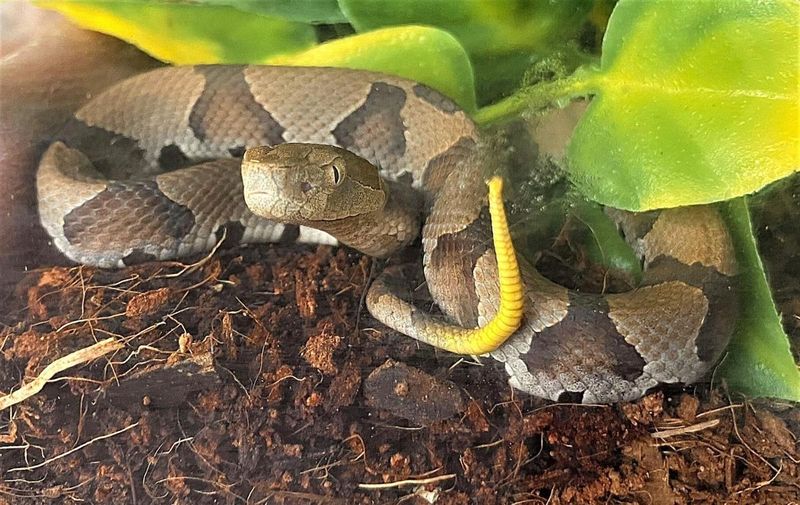
The tails of baby snakes are clear indicators! Young copperheads sport bright yellow or greenish tips, which they use as lures to attract prey – a clever hunting strategy.
Juvenile chicken snakes, on the other hand, lack this trait entirely. Even as adults, copperheads have blunt tails, whereas chicken snakes possess tails that gradually taper.
6. Habitat Preferences Differ
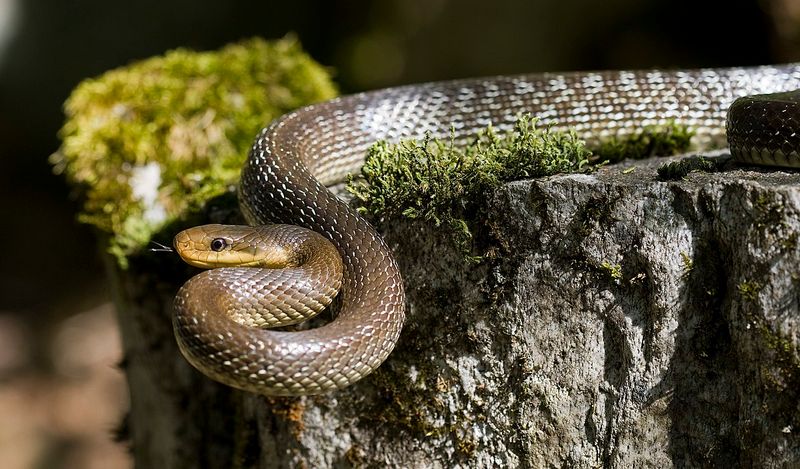
Where you spot them matters! Copperheads prefer woodland floors, rocky outcrops, and areas with plenty of fallen leaves where they blend perfectly. They’re masters of camouflage in these environments.
Chicken snakes are excellent climbers, often found in trees, barns, and attics. They’re more adaptable to human structures than their venomous lookalikes.
7. Behavior When Threatened
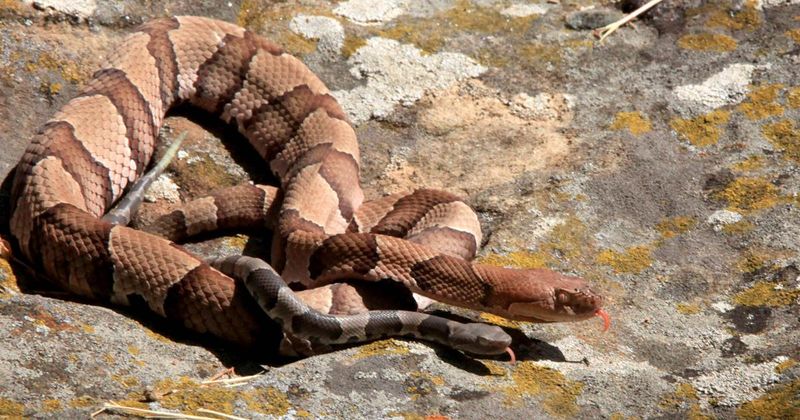
Freeze frame or flee? Copperheads typically freeze when threatened, relying on their exceptional camouflage. When provoked, they may vibrate their tails and strike quickly without much warning.
Chicken snakes are more likely to flee rapidly when spotted. If cornered, they’ll often shake their tails, release musk, and may bite – but lack venom.
8. Belly Patterns Reveal Identity
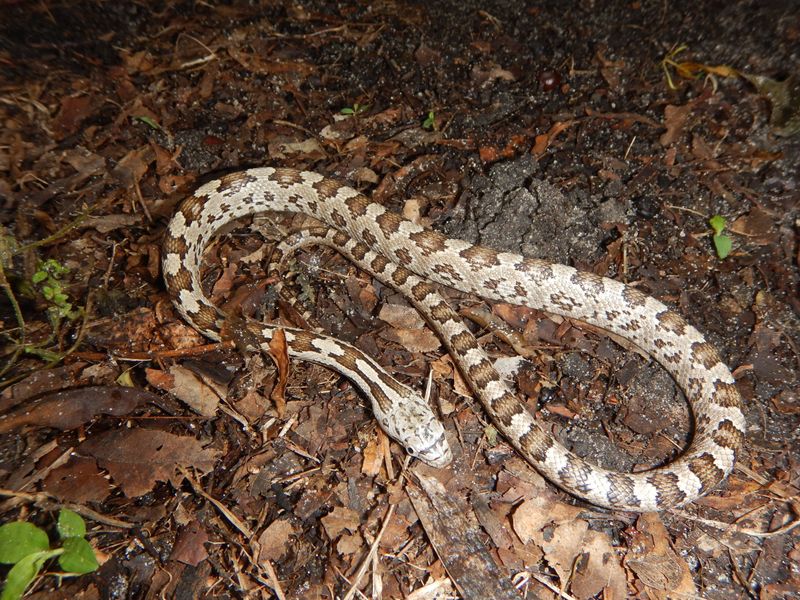
Flip the script by checking underneath! Copperheads have pale bellies with dark, staggered blotches that don’t form a regular pattern. The contrast between their colorful tops and paler bottoms is quite striking.
Chicken snakes typically show checkered belly patterns in black and white. This checkerboard appearance is consistent and distinctive when you get a glimpse.
9. Neck Thickness Comparison

The neck tells no lies! Copperheads have minimal neck constriction – their heads flow into their bodies with just a slight narrowing, giving them that dangerous, muscular appearance.
Chicken snakes display more pronounced necks that clearly separate head from body. This distinct narrowing is especially visible when they’re in motion or stretching upward.
10. Hunting Style Differences

Ambush vs. pursuit shows their contrasting hunting styles! Copperheads are sit-and-wait predators, staying still for hours until prey draws near.
With a lightning-fast strike, their venomous bite takes care of the rest. In contrast, chicken snakes are active hunters, relentlessly chasing down prey and using their powerful bodies to constrict victims as they move from one meal to the next.
11. Scale Texture Variations
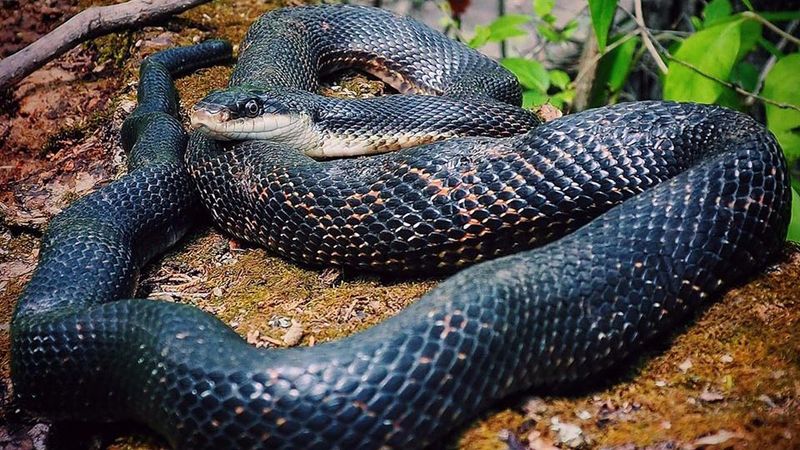
Run your eyes (never fingers!) over their scales. Copperheads have keeled scales – each scale has a ridge down the center, giving them a rougher, more textured appearance that helps with camouflage.
Chicken snakes possess smoother scales that appear more glossy and reflective in sunlight. This difference is subtle but noticeable to careful observers.
12. Swimming Behavior Differences
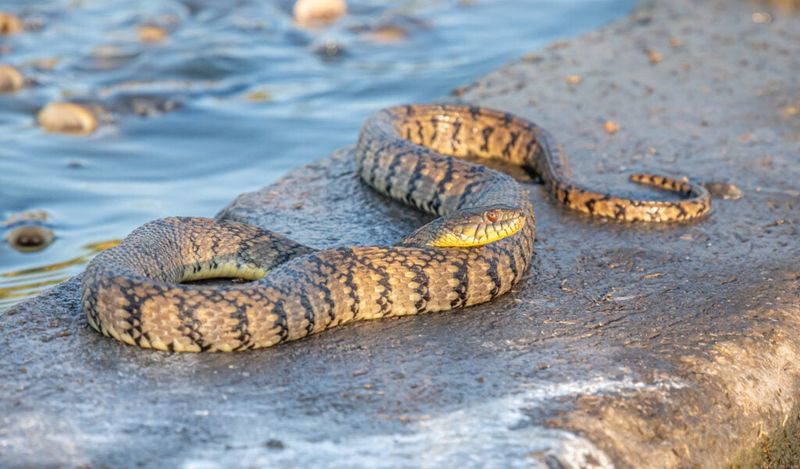
Water reveals their secrets! Copperheads can swim but usually keep their entire bodies visible on the water’s surface, moving with side-to-side motions. They’re not enthusiastic swimmers, preferring dry land.
Chicken snakes are excellent swimmers, often with just their heads above water. They move through water with graceful, S-shaped undulations.
13. Heat-Sensing Ability
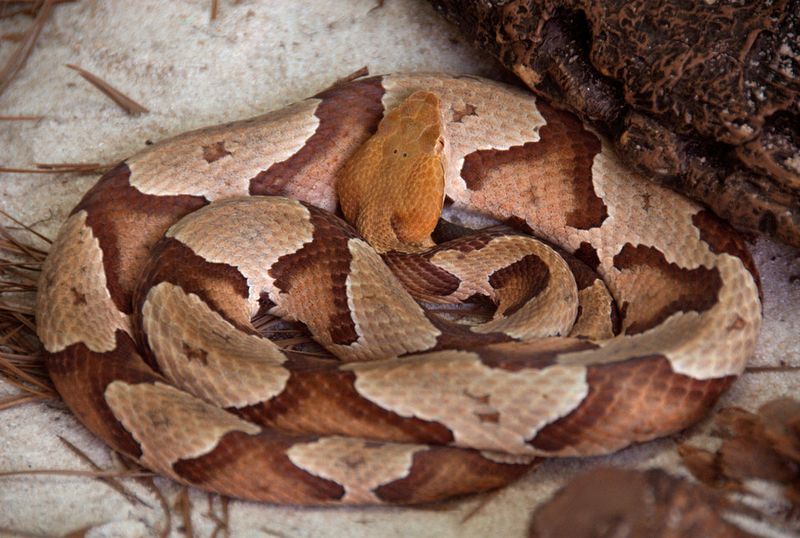
Copperheads rely on infrared vision to detect prey! They possess specialized heat-sensing pits between their eyes and nostrils, allowing them to sense warm-blooded animals, even in complete darkness.
In contrast, chicken snakes lack these heat-detecting organs and depend on their vision, smell, and tongue-flicking to find their next meal.
14. Response To Human Presence
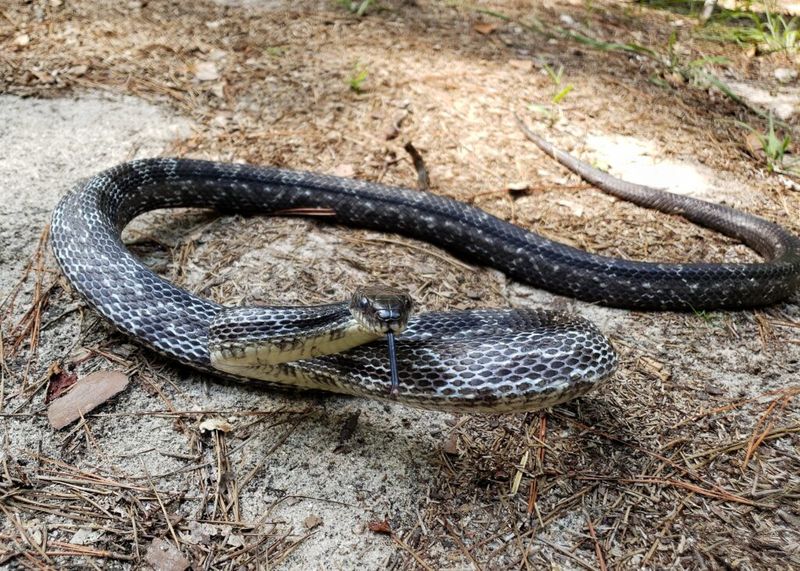
Meeting humans triggers different reactions! Copperheads typically hold their ground when encountering people, relying on camouflage rather than fleeing. This stillness unfortunately leads to many accidental encounters.
Chicken snakes usually retreat quickly upon noticing humans. Their first instinct is escape, making sightings briefer and often just a glimpse of a disappearing tail.

